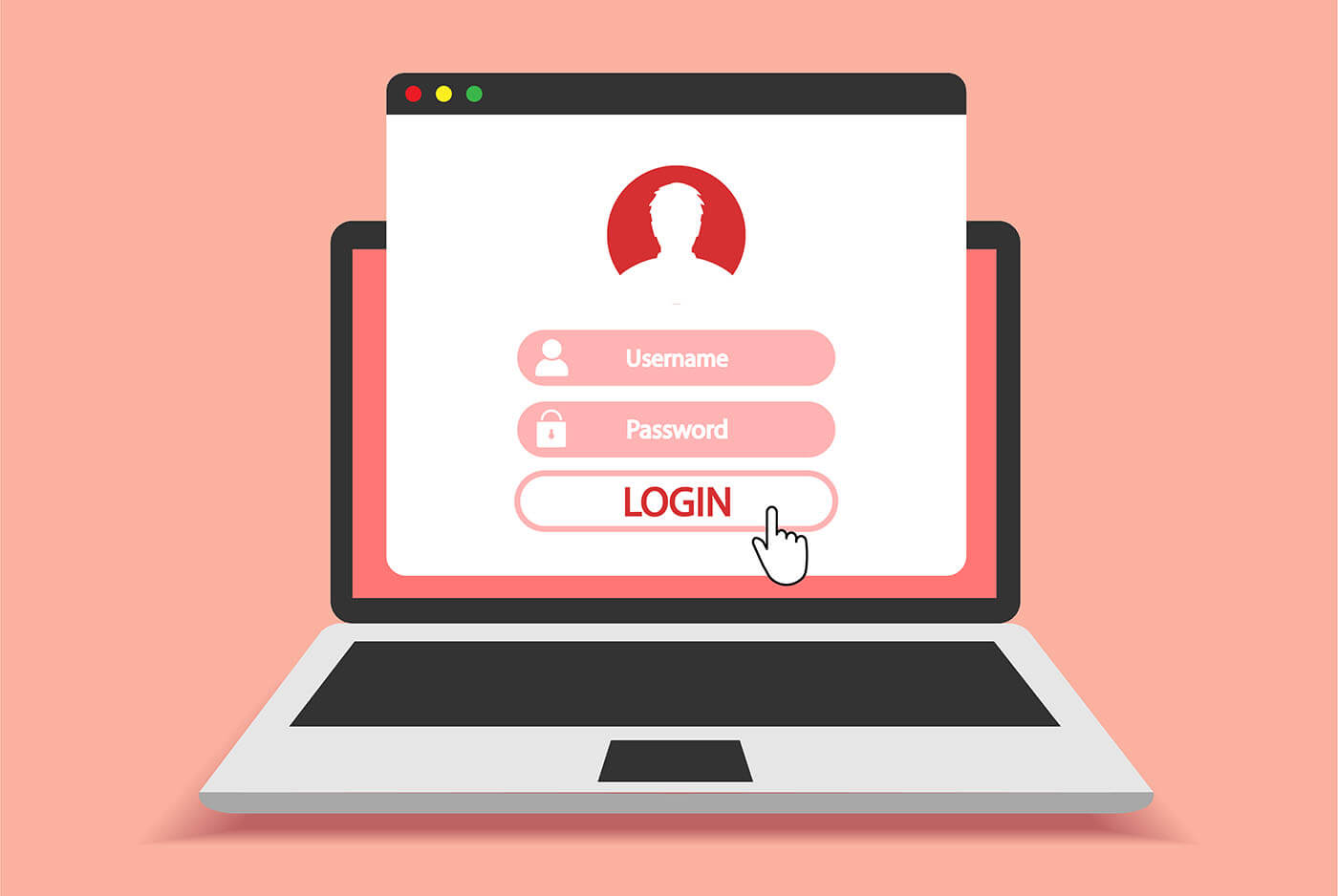3 Biggest Challenges of Managing a Remote Workforce
With an increasing number of individuals moving to the global marketplace for work, it should come as no surprise that nearly 102 million people are estimated to work from home in 2020. However, with this shift away from the traditional office space comes a number of drastic changes.
Where businesses are seeing the financial rewards of remote workplaces, like decreases in operating and capital expenses (IDC, 2019), there comes an additional number of unknown factors. Some of these include the inability to regulate security as efficiently, and the de-unification of company trust and culture.

Considering all of these factors, managing remote teams can be challenging. To better mitigate these issues, we have provided the three biggest challenges business owners face when managing remote workers and offered some effective and workable solutions.
1. Low Productivity and Attendance
Low productivity is often cited as one of the biggest liabilities of working remotely, even though that’s not actually the case. According to a survey by cloud company CoSo (Connect Solutions), remote employees report 77% more productivity than in-house teams and are 52% less likely to take time off work. However, these numbers are only possible with the right company culture and remote team management.
In terms of remote work, productivity and attendance usually correlate to a higher quality of life. Therefore, even though there are plenty of distractions at home, remote workers find that they are willing to work longer hours and are more willing to stay on with a company that allows them to work remotely. This is because remote work offers greater efficiency, flexibility, freedom, and work-life balance.
One way to recognize productivity and attendance issues is by adopting remote employee monitoring software. Manage remote employees and track their work with software like SoftActivity, which can monitor all web traffic on an established computer. Monitoring software is robust; so in addition to monitoring online behavior, it can also be used for attendance and time tracking, and protect against malicious insider and outsider threats.
An internet usage monitor will also identify how often your employee is working and if they are experiencing issues that you aren’t aware of. It can act as a stealth attendance tracking tool and it can allow you and your company to establish attendance and productivity minimums for virtual teams and manage remote employees in a healthy and efficient way.
2. Poor Work Flow or Communication
Making sure work actually gets done is part of your company’s success. Without regular and clear communication and proper project management, online work can be very difficult. While it seems that many online companies still rely on email, an enterprise would benefit from task management software and communication tools like Google Hangouts, Slack, Microsoft Teams or Zoom.
According to a report from the Institute of Leadership and Management (ILM), 88% of workers struggle with inconsistent work practices. However, by creating a clear and shared plan with your employees and establishing a healthy company ethos you can help to diminish the types of work-related stress that comes with inconsistent and remote work.
One tool that we recommend is a work-flow based software. There are a variety of online and software-based tools that can improve project management and workflow for any sized company. By monitoring workload balance, you are letting your remote workers know that you care about their well-being and stress levels.
It can be difficult to establish a company culture when everyone is virtual and possibly living in different time zones. However, by utilizing powerful software and clear plans, each team member will feel as if they are collaborating in a more traditional workplace, surrounded by their colleagues. Draw up a plan for how workflows will go, grow your ethos, establish ways to connect people even through instant messaging or team meetings via video conferencing and take advantage of available technology tools. Adopting these practices will allow for other areas of your business to expand and help you reach your company’s long-term goals.
3. Weak Security and Vulnerable Assets

If you are an enterprise or a managed service provider (MSP), you understand that enhancing your company’s security system is vital. In remote work, your attack surface grows even larger than that of a traditional workplace. This presents thousands of new potential threats, from weak security points to potential insider threats.
Additionally, in most work from home situations, a remote worker is required to use their own devices. While this has clear financial gains, and it gives employees the ability to complete tasks from anywhere, it could leave some major vulnerabilities if that equipment is not secure. By requiring remote workers to bring their own devices, you are essentially leaving the company’s security in their hands.
One method for boosting company security is by hiring a team of security professionals. You can do this with software, but a dedicated IT department, even one that works remotely, will ensure that your security is being effectively protected even when your network reach is difficult to control. A respected IT team will be able to assess potential network vulnerabilities, areas where your assets may be at risk, establish administrative and hierarchical control, and to provide regular system backups for system recovery.
By bringing in an IT team early on, your company can more clearly identify the security risks involved with using unknown equipment, potentially weak internet access, and potential insider threats. But when investing in IT and security, make sure to do your research. All third-parties could leave your company vulnerable to additional security risks and insider threats.
A weak network could also leave your assets very vulnerable. According to a recent article from the Financial Times, secure physical storage should be shifted to cloud-based storage so that your company can still securely manage and allow access to a large number of employees. At the very least, most security measures will require that you adopt a form of online-based security, such as cloud security in order to protect your assets.
Conclusion
If you are new to managing remote employees, it’s important to recognize where your company may be vulnerable. Employees taking too long on projects, high turnover rates, or malicious attacks can still present themselves, but they may present themselves in unexpected ways. Relying on software will help to automate these types of things. Invest in a security team, such as an IT team, as well as monitoring software, workflow software, and antivirus software to ensure things run smoothly.
By SoftActivity Team